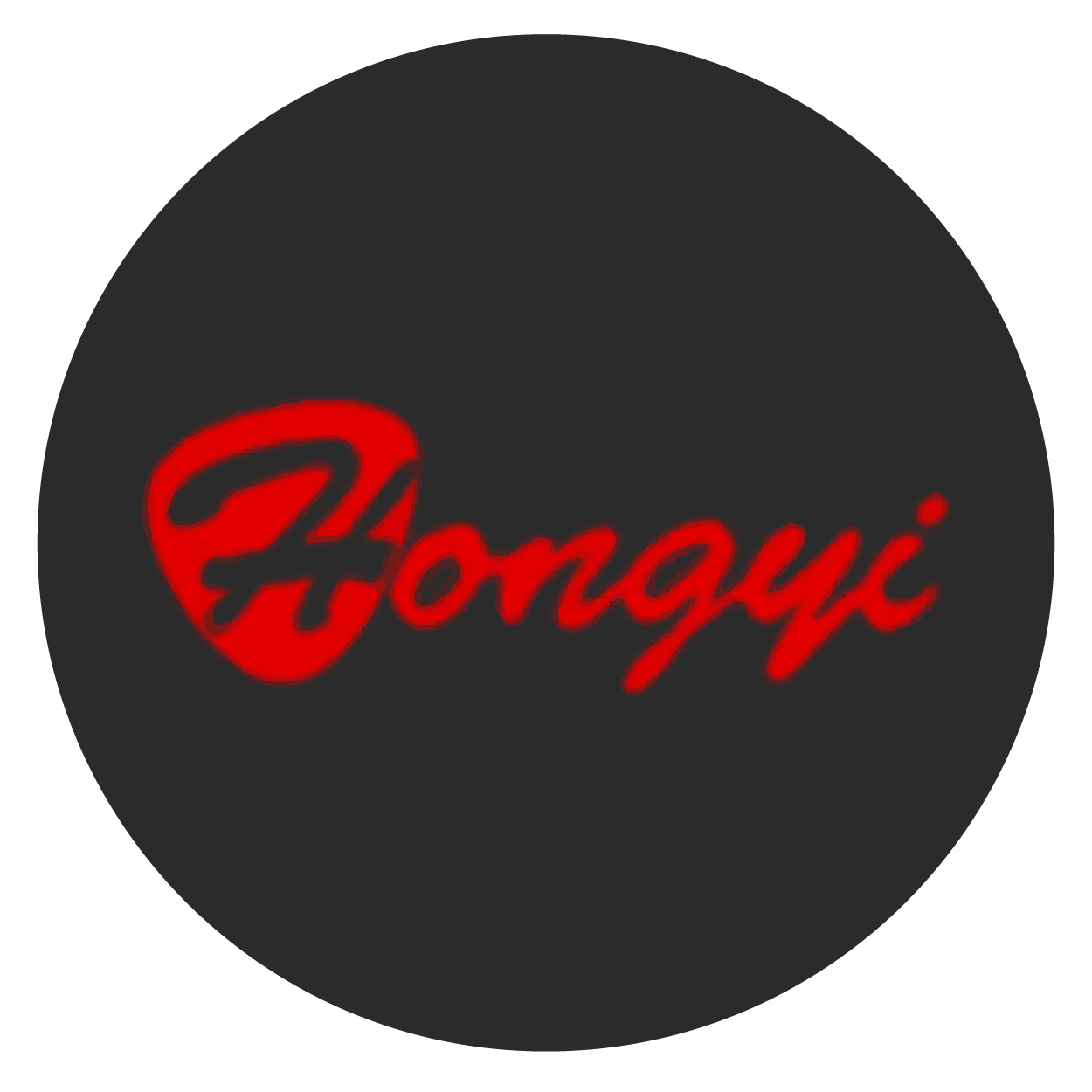The process of clothing patterns generally includes printing, embroidery, hand painting, color spraying (painting), sewing beads, and so on There are many options for printing alone! Divided into water slurry, glue slurry, thick board slurry, stone slurry, foam slurry, ink, nylon slurry, dripping glue, gel, planting beads, printing, silver powder, silver particles, colored glitter particles, laser particles – and embossing. Embossing is also divided into velvet and glue pressing. 1. Embroidery organic embroidery (one person controls one carriage, only one machine head, flexible needle method, full and three-dimensional effect, generally only used for Gao grade women’s clothing or dresses), computer embroidery, carriage bone, and hand shaking; Computer embroidery is commonly used in clothing, and it is also divided into several types of needle techniques, such as flat wrap needles, insertion needles, other types of embroidery, and convex embroidery. There are many techniques for clothing embroidery, and here are a brief introduction to several commonly used ones.
Three dimensional embroidery is to put foam on the cloth, and then carry out high-density embroidery on it. After embroidering the pattern, cut it up and take it out. Using polyurethane foam can make the embroidery three-dimensional. Tiebu embroidery is an ornament that is cut from a piece of fabric and sewn onto a garment, with stitches usually placed at the edges. Moreover, fabric embroidery can create difficult to embroider decorative substrates and fabrics with continuous colors that cannot be completed by ordinary embroidery.
Patchwork embroidery, also known as thread cutting, is the process of cutting one or more layers of fabric and pasting them onto clothing to show the bottom layer or blank space of the fabric. The step is to cut and paste the decal cloth on the embroidery cloth according to the design requirements, and then use some foam cotton and other materials to make the pattern bulge and have a three-dimensional sense. After the pattern is pasted, lock the edge. Jin Clothing Embroidery Factory uses dozens of embroidery forms to embroider various patterns and lace on clothes, increasing the beauty of the clothing and satisfying consumers’ needs for clothing.
After the improvement of people’s living standards, clothes used to only serve as warmth, while clothing was a reflection of a person’s taste and charm. People’s pursuit of clothing is even greater than before, especially for women, who almost buy a lot of clothes every month, and the styles and patterns on these clothes are different. People often wonder how the embroidered patterns on clothing are embroidered.
The embroidery process of a clothing embroidery factory is to first look at the process sheet, then position and lay the fabric for the clothes. The computer embroidery then adjusts the bottom line for trial embroidery, and after verifying the process sheet, normal embroidery can begin. After completion, the finished product inspection can be carried out.
There are many types of embroidery techniques. There are several commonly used ones:
1: Get a needle. It’s just plain plain plain needlework. In its professional software, it is called a flat bag needle. Stitching is commonly used on embroidered letters.
2: Pin. Pin insertion is somewhat similar to touching a pin. However, generally speaking, the needle spacing is very smooth and flat. Pin insertion is an uneven effect achieved by interweaving long and short needles. Pins are commonly used for embroidering flower petals, leaves, etc.
3: Thread needle, rice grain needle. The effect of wiring and rice grains. But it takes a closer look to make the difference. Strictly speaking, I personally believe that wiring should be considered a type of rice kernel. The rice grain needle can define the size, length, and spacing of rice grains. The distance between each grain of rice. The distance between each grain of rice is 0
4: Triangle needle, herringbone needle. Triangle needles and herringbone needles are often similar. However, the triangular needle is surrounded by a triangle, while the herringbone needle only has a herringbone shape. Triangle needles and herringbone needles are commonly used to outline the flowers in the back pocket.
What are the general types of clothing embroidery techniques?

29
Aug
